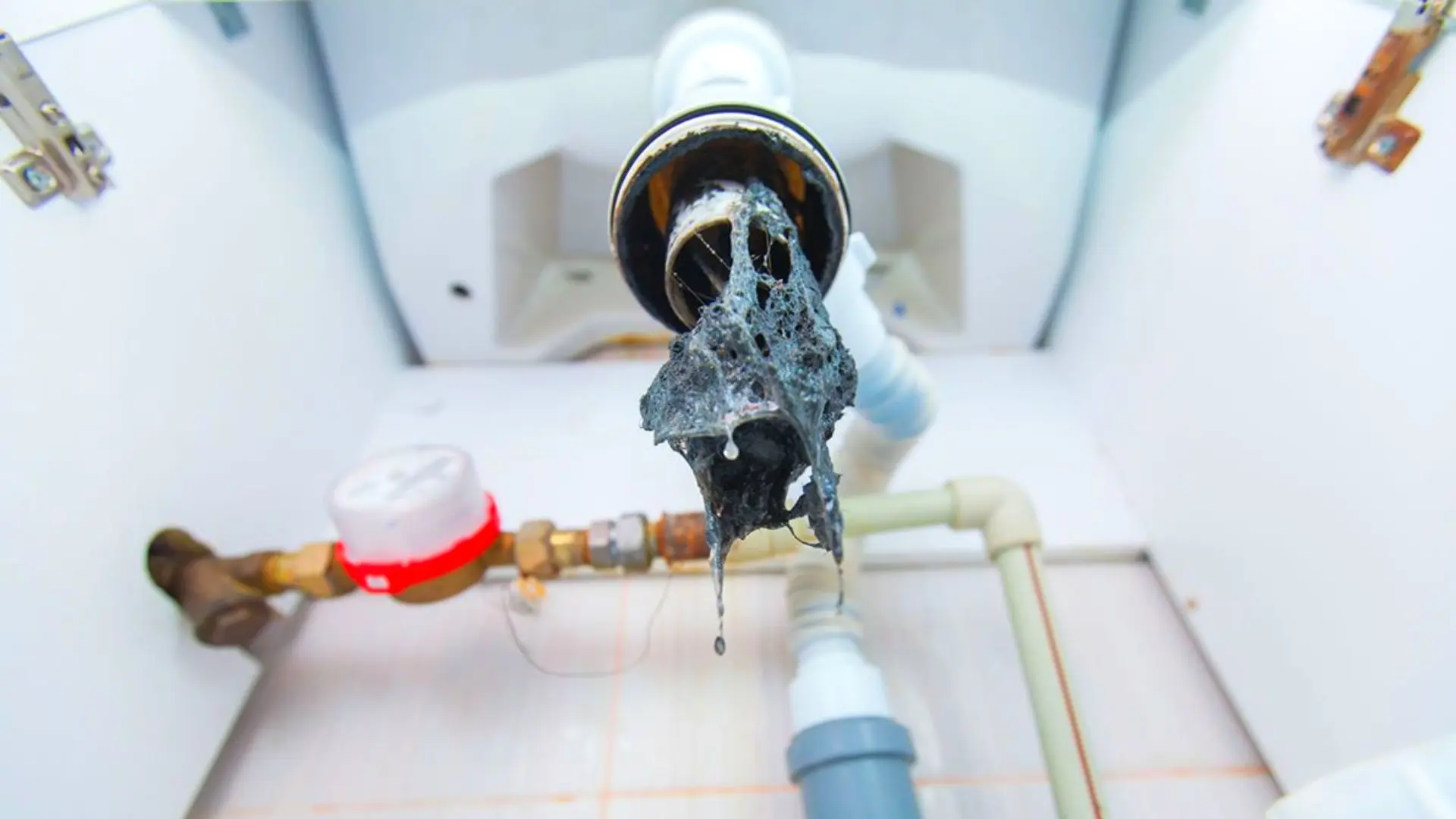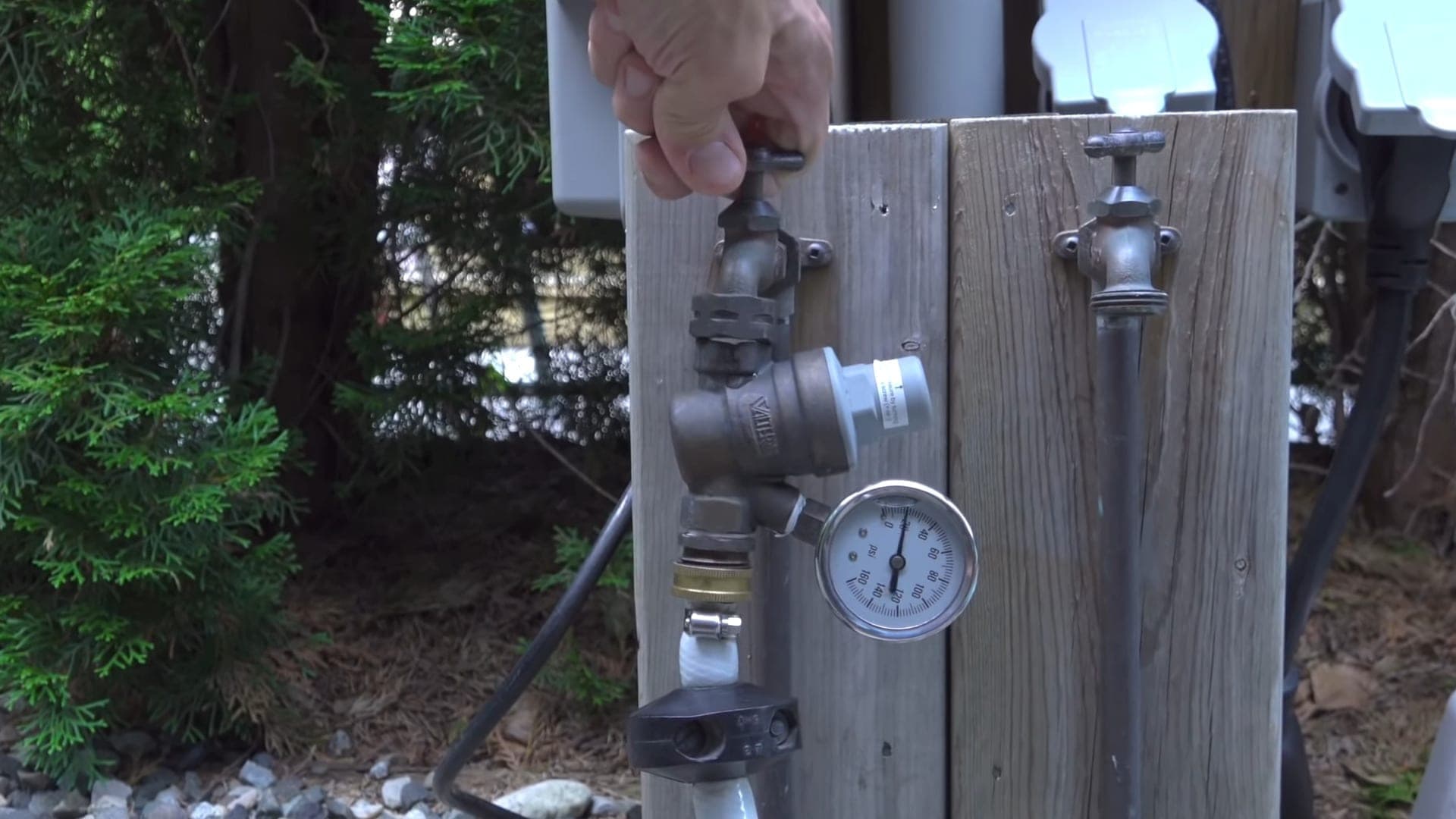Quick Measures to Raise Low Water Pressure in Your Home
Quick Measures to Raise Low Water Pressure in Your Home
Blog Article
Right here further down you might get additional great information around 10 Reasons for Low Water Pressure in Your House.

Low tide stress in your house can be an irritating trouble, impacting everything from showering to washing dishes. If you're experiencing weak water flow, there are several feasible causes and remedies to discover. In this guide, we'll review common factors for low water stress and practical steps to address the concern properly.
Introduction to Low Water Stress
Low tide pressure takes place when the circulation of water from your taps, showers, and other fixtures is weaker than typical. This can make everyday jobs a lot more difficult and less effective. Comprehending the root causes of low tide stress is critical to finding the right remedy.
Common Root Causes Of Low Water Pressure
Faulty Pressure Regulatory Authorities
Pressure regulatory authorities are in charge of preserving consistent water pressure in your home. If they malfunction, it can result in low tide stress or irregular flow throughout the house.
Metropolitan Water System Issues
In some cases, the trouble exists outside your home. Local water supply concerns, such as main line leaks or upkeep job, can temporarily lower water pressure in your area.
Pipeline Obstructions
In time, pipes can become clogged with mineral deposits, sediment, or particles, limiting the circulation of water. This is a common concern in older homes with galvanized steel pipelines.
Corrosion
Corrosion within pipelines can bring about leaks and reduced water stress. Corrosion accumulation can restrict water circulation, especially in aging plumbing systems.
How to Diagnose Low Water Pressure
Inspecting Pipes
Evaluate visible pipes for indications of leaks, deterioration, or blockages. Take notice of any type of unusual audios, such as knocking or rattling pipelines, which might suggest concerns within the plumbing system.
Consulting with a Plumber
If you're unable to identify the source of low water pressure, take into consideration working with a professional plumber to perform an extensive evaluation. They can determine underlying concerns and recommend ideal options.
Examining Faucets and Components
Beginning by testing the water stress at different faucets and components throughout your home. If the concern is separated to particular areas, it may indicate localized issues.
DIY Solutions to Take Care Of Low Tide Pressure
Flushing Water Heater
Sediment build-up in the hot water heater can restrict flow and minimize performance. Purging the container occasionally aids get rid of sediment and maintain ideal performance.
Checking Stress Regulator
Guarantee that the stress regulatory authority is working correctly. Readjusting or changing the regulator can help recover appropriate water stress throughout your home.
Cleansing Aerators and Showerheads
Natural resources can accumulate in aerators and showerheads, decreasing water circulation. Remove and clean these components routinely to boost water stress.
Cleaning Clogs in Pipeline
For minor blockages, try utilizing a plumbing serpent or chemical drain cleaner to clear obstructions in pipelines. Be cautious when making use of chemicals and comply with safety and security guidelines.
When to Call a Professional Plumber
If do it yourself initiatives fail to deal with the problem or if you suspect substantial plumbing issues, it's finest to seek aid from a licensed plumber. They have the experience and tools to address complicated concerns safely and successfully.
Preventive Measures to Maintain Water Pressure
Setting Up a Pressure Booster
Think about setting up a pressure booster pump to improve water stress in areas with consistently reduced flow. This can be especially advantageous for multi-story homes or properties with high-demand fixtures.
Monitoring Water Use
Bear in mind water use practices and prevent ill-using the plumbing system. Easy changes, such as astonishing showers and washing tons, can help maintain appropriate water pressure.
Regular Maintenance
Arrange regular upkeep for your plumbing system to stop concerns such as deterioration, leakages, and obstructions. Addressing small issues early can assist avoid even more significant repair services later.
Final thought
Dealing with low water pressure can be discouraging, but recognizing the underlying causes and applying suitable solutions can bring back optimum flow throughout your home. Whether it's cleansing aerators, evaluating pipes, or speaking with a plumber, taking aggressive steps can make sure a stable supply of water for your everyday needs.
How to Fix Low Water Pressure In Your Home
Municipal Water Supply Issues
Scheduled maintenance, high demand, and water main breaks are all potential causes for low water pressure within a city or county’s water lines. While there’s not much you can do to personally fix a problem with your city or county’s water supply system, you can play a big role in documenting the issue and alerting those who can.
How to fix it:
Ask your neighbors if they are experiencing any issues with low water pressure. If multiple homes are affected, it’s likely related to the city’s water line. Contact the local Water Authority to see if there is any maintenance taking place that might be affecting your supply. Also let them know of your specific issues. If other homeowners report the same issues, they’ll know that there could be a larger issue to look into. Faulty Fixtures
A damaged or clogged shower head, faucet or appliance is the first thing we’d suggest checking, especially if low water pressure appears to be isolated to a specific area of your home.
How to fix it:
First, turn off the main water supply to your home. Check the affected appliances for build-up or debris. In the case of a faucet, you can simply unscrew the aerator at the tip of the faucet. Showerheads should be fully detached from the water pipe. While the appliances are detached, you may want to check the water supply to determine if the fixtures were in fact the issue. To clean, soak the showerhead or aerator in vinegar and brush off any visible debris. Reattach the fixtures and check the water pressure again. If it is still low, there is likely a deeper issue at hand, which can be determined by a professional plumber. Pipe Obstructions
Mineral deposits, rust or other debris within water pipes can lead to blockages or corrosion over time.
How to fix it:
When you think of a clog, you probably think of a drain clog. While there are many DIY solutions to clearing a drain, clogs in a water pipe will almost always require the help of a professional plumber. A plumber will be able to locate the affected pipe and clean out any debris or mineral deposit buildup. In severe cases, the pipe may need to be replaced. Your plumber might also recommend a water softening system to remove the minerals from your home’s water supply that can contribute to pipe blockages over time.
Plumbing Leak
Undetected water line leaks can divert water away from your residential pipes, reducing the water pressure in your fixtures.
How to fix it:
Check your water meter by turning off all water sources and monitoring the meter for any movement, which could be a clear indicator of a potential leak. Check all visible pipes for signs of leaking, including water stains, active dripping or damp spots around the pipe. Inspect fixtures, including faucets and showerheads, for any drips. Test the pressure but recording the pressure with the main water valve shut off. Leave off for a few hours and test again. A significant drop in pressure is a clear sign of a leak. https://kiddcoplumbing.com/plumbing-blog/how-to-fix-low-water-pressure/

Hopefully you enjoyed reading our excerpt on Dealing with Low Water Pressure in Your Home. Thank you so much for taking the time to read our article post. Do you know about anybody else who is occupied with the niche? Be sure share it. I take joy in your readership.
Website Report this page